With new technologies revolutionizing data collection, wildlife researchers are becoming increasingly able to collect data at much higher volumes than ever before. Now we are facing the challenges of putting this information to use, bringing the science of big data into the conservation arena. With the help of machine learning tools, this area holds immense potential for conservation practices. The applications range from online trafficking alerts to species-specific early warning systems to efficient movement and biodiversity monitoring and beyond.
However, the process of building effective machine learning tools depends upon large amounts of standardized training data, and conservationists currently lack an established system for standardization. How to best develop such a system and incentivize data sharing are questions at the forefront of this work. There are currently multiple AI-based conservation initiatives, including Wildlife Insights and WildBook, that are pioneering applications on this front.
This group is the perfect place to ask all your AI-related questions, no matter your skill level or previous familiarity! You'll find resources, meet other members with similar questions and experts who can answer them, and engage in exciting collaborative opportunities together.
Just getting started with AI in conservation? Check out our introduction tutorial, How Do I Train My First Machine Learning Model? with Daniel Situnayake, and our Virtual Meetup on Big Data. If you're coming from the more technical side of AI/ML, Sara Beery runs an AI for Conservation slack channel that might be of interest. Message her for an invite.
Header Image: Dr Claire Burke / @CBurkeSci

Explore the Basics: AI
Understanding the possibilities for incorporating new technology into your work can feel overwhelming. With so many tools available, so many resources to keep up with, and so many innovative projects happening around the world and in our community, it's easy to lose sight of how and why these new technologies matter, and how they can be practically applied to your projects.
Machine learning has huge potential in conservation tech, and its applications are growing every day! But the tradeoff of that potential is a big learning curve - or so it seems to those starting out with this powerful tool!
To help you explore the potential of AI (and prepare for some of our upcoming AI-themed events!), we've compiled simple, key resources, conversations, and videos to highlight the possibilities:
Three Resources for Beginners:
- Everything I know about Machine Learning and Camera Traps, Dan Morris | Resource library, camera traps, machine learning
- Using Computer Vision to Protect Endangered Species, Kasim Rafiq | Machine learning, data analysis, big cats
- Resource: WildID | WildID
Three Forum Threads for Beginners:
- I made an open-source tool to help you sort camera trap images | Petar Gyurov, Camera Traps
- Batch / Automated Cloud Processing | Chris Nicolas, Acoustic Monitoring
- Looking for help with camera trapping for Jaguars: Software for species ID and database building | Carmina Gutierrez, AI for Conservation
Three Tutorials for Beginners:
- How do I get started using machine learning for my camera traps? | Sara Beery, Tech Tutors
- How do I train my first machine learning model? | Daniel Situnayake, Tech Tutors
- Big Data in Conservation | Dave Thau, Dan Morris, Sarah Davidson, Virtual Meetups
Want to know more about AI, or have your specific machine learning questions answered by experts in the WILDLABS community? Make sure you join the conversation in our AI for Conservation group!

- 0 Resources
- 0 Discussions
- 15 Groups
- @Sumit_Arora
- | He/Him/His
Centre for Wildlife Studies
Technology | Sustainability | Biodiversity
- 0 Resources
- 1 Discussions
- 4 Groups
Wildlife Bio in Yukon Territory Canada
- 0 Resources
- 1 Discussions
- 6 Groups
- @otgonbayartm
- | He / His
Many thanks to WILDLABS. This community aligns precisely with my professional interest in applying IT expertise to nature conservation.
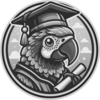
- 0 Resources
- 1 Discussions
- 7 Groups
Aeracoop & Dronecoria
Computer engineer, Drone Pilot, Seed researcher, Wild Tech Maker
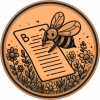




- 3 Resources
- 37 Discussions
- 11 Groups
Electronics Engineer working in the development of smart conservation technology solutions.

- 0 Resources
- 0 Discussions
- 9 Groups
- @muganyizi
- | Mr.
Muganyizi Melchior Kamuganga is a Tanzanian youth passionate about creating positive social changes. He is a professional Wildlife manager and passionate beekeeper. He is a member of the Lightup impact community in east Africa, Masterpeace global network, Metis and Ashoka alumni
- 0 Resources
- 7 Discussions
- 8 Groups
- @sopara
- | She/her
- 0 Resources
- 0 Discussions
- 4 Groups
Sky Senderos helps Texas landowners collect more accurate, actionable data on their wildlife populations. Our thermal drone surveys enable property owners and lease members to inform wildlife management efforts and monitor population trends.
- 0 Resources
- 1 Discussions
- 1 Groups
- @angelabenard
- | they/them
Species360
With a strong background in donor relations and community engagement, Angela is committed to fostering partnerships that enhance conservation efforts. They hold a Master’s degree in Public Administration and is an active member of the nonprofit community.
- 0 Resources
- 2 Discussions
- 3 Groups
Andigena ID+ es una empresa Colombiana dedicada a promover la conservación de la biodiversidad de manera integral a través de la investigación y el desarrollo.
- 0 Resources
- 0 Discussions
- 5 Groups
- @Yitmwa
- | She/Her
A conservation biologist with specialization in wildlife monitoring and community engagement. With experience in deploying camera traps and bioacoustics for mammal and birds monitoring in the Afrotropical environment.
- 0 Resources
- 1 Discussions
- 5 Groups
I search for an external reviewer for my MSc thesis, which focuses on using temperature sensors and deep learning to detect avian incubation behavior (on- and off-bouts).
1 June 2025
HawkEars is a deep learning model designed specifically to recognize the calls of 328 Canadian bird species and 13 amphibians.
13 May 2025
Hi together, I am working on detecting causalities between land surface dynamics and animal movement by using satellite-based earth observation data. As this is might be your expertise I kindly ask for your support...
8 May 2025
Weeds, by definition, are plants in the wrong place but Weed-AI is helping put weed image data in the right place. Weed-AI is an open source, searchable, weeds image data platform designed to facilitate the research and...
7 May 2025
The intern will help the Global Science team expand our understanding of nature-based solutions through artificial intelligence (AI) and support our efforts to create a model for data collection and analysis that can...
18 April 2025
Driving off-highway vehicles (OHVs), which contributes to habitat degradation and fragmentation, is a common recreational activity in the United States and other parts of the world, particularly in desert environments...
8 April 2025
Conservation International is proud to announce the launch of the Nature Tech for Biodiversity Sector Map, developed in partnership with the Nature Tech Collective!
1 April 2025
$3 millions of funding for NGO in Brazil using AI for conservation / $ 3 milhões em financiamento para ONGs no Brasil que usam IA para conservação!
1 April 2025
Funding
I have been a bit distracted the past months by my move from Costa Rica to Spain ( all went well, thank you, I just miss the rain forest and the Ticos ) and have to catch up on funding calls. Because I still have little...
28 March 2025
Funding
The AI Weather Quest, organised by the European Centre for Medium-Range Weather Forecasts (ECMWF), is an ambitious international competition designed to harness artificial intelligence (AI) and machine learning (ML) in...
25 March 2025
InsectSet459 - the first large-scale open dataset of insect sounds, featuring 26,399 audio clips from 459 species of Orthoptera and Cicadidae.
24 March 2025
Naturalis is looking for a postdoc in AI for Ultrasonic Bioacoustic Monitoring
24 March 2025
June 2025
event
event
July 2025
October 2025
event
event
August 2024
March 2024
73 Products
Recently updated products
16 Products
Recently updated products
| Description | Activity | Replies | Groups | Updated |
|---|---|---|---|---|
| [oops, the same reply got submitted twice and there doesn't seem to be a "delete" button] |
|
AI for Conservation, Camera Traps | 1 year 1 month ago | |
| Hi @zhongqimiao ,Might you have faced such an issue while using mega detectorThe conflict is caused by:pytorchwildlife 1.0.2.13 depends on torch==1.10.1pytorchwildlife 1.0.2.12... |
+6
|
AI for Conservation, Camera Traps, Open Source Solutions | 1 year 1 month ago | |
| Hi, this is pretty interesting to me. I plan to fly a drone over wild areas and look for invasive species incursions. So feral hogs are especially bad, but in the Everglades there... |
|
AI for Conservation, Camera Traps, Open Source Solutions, Software Development | 1 year 1 month ago | |
| Gotcha, well I look forward to seeing future iterations and following along with your progress!! |
|
Autonomous Camera Traps for Insects, AI for Conservation, Emerging Tech, Open Source Solutions, Latin America Community | 1 year 1 month ago | |
| Hi everyone!@LashaO and @holmbergius from the Wild Me team at ConservationX Labs gave a superb talk at last month's Variety Hour,... |
|
AI for Conservation, Camera Traps | 1 year 1 month ago | |
| We could always use more contributors in open source projects. In most open source companies Red Hat, Anaconda, Red Hat and Mozilla, people often ended up getting hired largely... |
|
Acoustics, AI for Conservation, Conservation Tech Training and Education, Early Career, Marine Conservation | 1 year 2 months ago | |
| Hi @timbirdweather I've now got them up and running and winding how I can provide feedback on species ID to improve the accuracy over time. It would be really powerful to have a... |
|
Acoustics, AI for Conservation, Citizen Science, Emerging Tech | 1 year 2 months ago | |
| Really interesting project. Interesting chip set you found. With up to around 2mb sram that’s quite a high memory for a ultra low power soc I think.It might also be... |
+8
|
Acoustics, AI for Conservation | 1 year 2 months ago | |
| Thank you so much for your encouraging words! I'm thrilled to hear that you enjoyed our conversation, and I truly appreciate your support in spreading the word about my survey... |
|
Acoustics, AI for Conservation | 1 year 3 months ago | |
| Perfect thanks! I am still a novice using Python but my wife can help me! |
+6
|
AI for Conservation, Camera Traps, Human-Wildlife Conflict | 1 year 3 months ago | |
| Hi everyone! My name is Leah Govia and I am a PhD candidate at the University of Guelph, Canada. My research explores what people... |
|
Ethics of Conservation Tech, Conservation Tech Training and Education, AI for Conservation | 1 year 3 months ago | |
| Hi Danilo. you seem very passionate about this initiative which is a good start.It is an interesting coincidence that I am starting another project for the coral reefs in the... |
|
Acoustics, AI for Conservation, Animal Movement, Camera Traps, Citizen Science, Climate Change, Community Base, Connectivity, Drones, Emerging Tech, Human-Wildlife Conflict, Open Source Solutions, Sensors, Software Development, Wildlife Crime, Funding and Finance | 1 year 3 months ago |
Move BON Development: Follow up discussion
19 June 2024 12:02pm
12 July 2024 5:38am
Hi Talia!
I feel like the topic is so broad that it might help to put some constraints around things, see what works, and then broaden those out. I have a lot of ideas regarding the data monitoring and collection side based on the other sensor and observation networks we've set up in the past.
There may also be some potential scope to incorporate things like data collection and integrated monitoring to the Build Your Own Datalogger series where the system is updated to feed data into the observation network.
It'd probably take a bit of discussion and coordination. Let me know if interested. I'm fine to jump on a call or discuss via email too.
22 July 2024 9:24pm
@cmwainaina please take a look
Rapid Camera Trap labeling with ChatGPT
17 July 2024 3:02pm
Two-year Postdoc (extendable) in AI and Remote Sensing to Monitor Earthworms in the Field
16 July 2024 9:02am
REDAA is hiring a consultant to explore AI - DEADLINE EXTENDED
11 July 2024 12:33pm
ForestSAT
5 July 2024 7:04pm
3 September 2024 6:02pm
Question About Interpolation
18 June 2024 10:52pm
28 June 2024 6:35pm
The use of synthetic training data such as interpolated sequence values is common, but fraught with the issue of your synthetic signal generating features that are not true to real life.
Instead, you might think about about appending the values of two long-period sin waves per input element to the sequence going in to your first linear / fully-connected layer. The simplest thing that could possibly work would be to interpret minute of the day and day of the month as the values of your sin wave! (Or perhaps minute/hour if all training sequences are quite short.) Since you’re doing sequence prediction, you would add the appropriate values for each image(?) in the sequence being evaluated.
With that additional signal going in to the model in the early layers, the NN should have a good chance of learning that the differences in the modulating signal corresponds to distance in time.
This technigue was popularized by early Large Language Models to encode the distance between words. There’s been refinement (search “Rotary Encoding” for instance) but the basic idea of sin waves generalizes well.
Workflow for automated precise seeding with drones and artificial intelligence
20 June 2024 12:22pm
FOSS Geospatial Tools
Deep learning & bioacoustics postdoc in Cape Town, South Africa
14 June 2024 1:52pm
Conservation Technology for Human-Wildlife Conflict in Non-Protected Areas: Advice on Generating Evidence
22 January 2024 11:36pm
4 February 2024 8:16am
Hi Amit,
The most important thing is that the livestock owners contact you as soon as possible after finding the carcass. We commonly do two things if they contact us on the same day or just after the livestock was killed:
- Use CyberTracker (or similar software) on an Android smart phone to record all tracks, bite marks, feeding pattern and any other relevant signs of the reason for the loss with pictures and GPS coordinates. [BTW, Compensation is a big issue -- What do you do if the livestock was stolen? What do you do if a domestic animal killed the livestock? What if it died from disease or natural causes and was scavenged upon by carnivores afterwards?]
- In the case of most cats, they would hide the prey (or just mark it by covering it with grass or branches and urinating in the area). In this case you can put up a camera trap on the carcass to capture the animal when it returns to its kill (Reconyx is good if you can afford it - we use mostly Cuddeback with white flash). This will normally only work if the carcass is fresh (so other predators would not be able to smell it and not know where it is yet), so the camera only has to be up for 3-5 days max.
This is not really high-tech, but can be very useful to not only establish which predator was responsible (or if a predator was responsible), but also to record all the evidence for that.
13 June 2024 8:58pm
Hey Amit,
This is a great question; from our work, we've seen people do a couple of things. We've even seen people using Ring doorbell footage in urban areas as evidence.
The best thing we've seen is matching the community needs with existing infrastructure:
- Are there existing cameras you can leverage, like the doorbell cameras?
- Can public participation monitoring service this, i.e. public submitted photos and videos?
It also totally depends on the wildlife species you're working with, the interaction, damages, etc. If you've found any good solutions, let me know. I'd love to share that information with our clients here who have constant bear problems.
14 June 2024 9:09am
In that case, you might want to keep an eye on the project from @Lars_Holst_Hansen
I have been working hard on this camera based polar bear alarm with Kim… | Lars Holst Hansen | 17 comments
I have been working hard on this camera based polar bear alarm with Kim Hendrikse and other collaborators including Zoologisk Have in Copenhagen - where the system is now beeing tested. I hope to field test it at Zackenberg Research Station next year. | 17 comments on LinkedIn
Bezos Earth Fund, AI for Climate and Nature Grand Challenge call for $50K-2M projects
12 June 2024 2:58pm
Postdoctoral Research Associate: Bioacoustics & population modeling
11 June 2024 9:35pm
Fully funded PhD in AI biodiversity monitoring
11 June 2024 1:07pm
AI Identification Models on Thermal Data
6 June 2024 8:30pm
7 June 2024 4:06am
Wow! This dataset seems great and definitely worth trying out. Do you perhaps have a dataset for deer, elk, and those animals of the sort?
I live in the mountainous region so deer are very common and easily hit.
Thank you again
7 June 2024 5:43pm
Sorry, the only other dataset of thermal camera trap images that I'm aware of is mostly elephants, although it does have some goats:
https://github.com/arribada/human-wildlife-conflict?tab=readme-ov-file#elephant-dataset
7 June 2024 7:28pm
No worries! I'll be trying the other one to see how it works. Thank you for your help!
VIHAR-2024 deadline extension, June 30th (Interspeech satellite event)
5 June 2024 10:30am
5 June 2024 3:05pm
Thanks for sharing this @nkundiushuti ! I think this post would be better suited as an event, that way it will show up on the WILDLABS event calendar page. Let me know if you have any questions on how to make an event post! You just click the +Post button in the top right corner, then click "event."
7 June 2024 8:29am
hi Alex!! I already posted the event, I just wanted to posted an update: the deadline was extended.
7 June 2024 1:45pm
Fantastic!!
€4,000 travel grants for insect monitoring an AI
6 June 2024 4:49pm
New WILDLABS Funding & Finance group
5 June 2024 3:24pm
5 June 2024 4:14pm
6 June 2024 1:38am
6 June 2024 4:16am
Apply! 2024 Conservation Tech Award
3 June 2024 3:51pm
Recruiting for a paid study on Explainable AI & bird identification
1 June 2024 8:34pm
Announcing: BeetlePalooza 2024
31 May 2024 9:00pm
Bioacoustics and AI 101
29 May 2024 2:21pm
9th Workshop On Detection and Classification of Acoustic Scenes and Events
28 May 2024 8:57pm
32nd European Signal Processing Conference
28 May 2024 8:44pm
5th World Ecoacoustics Congress
28 May 2024 8:07pm
Computational Entomology Webinar III: Processing liquid samples
22 May 2024 12:40am
DeepDive: estimating global biodiversity patterns through time using deep learning
20 May 2024 4:51pm
4th International Workshop onCamera Traps, AI, and Ecology
9 May 2024 1:00pm
Harnessing large language models for coding, teaching and inclusion to empower research in ecology and evolution
9 May 2024 12:51pm



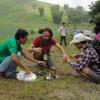









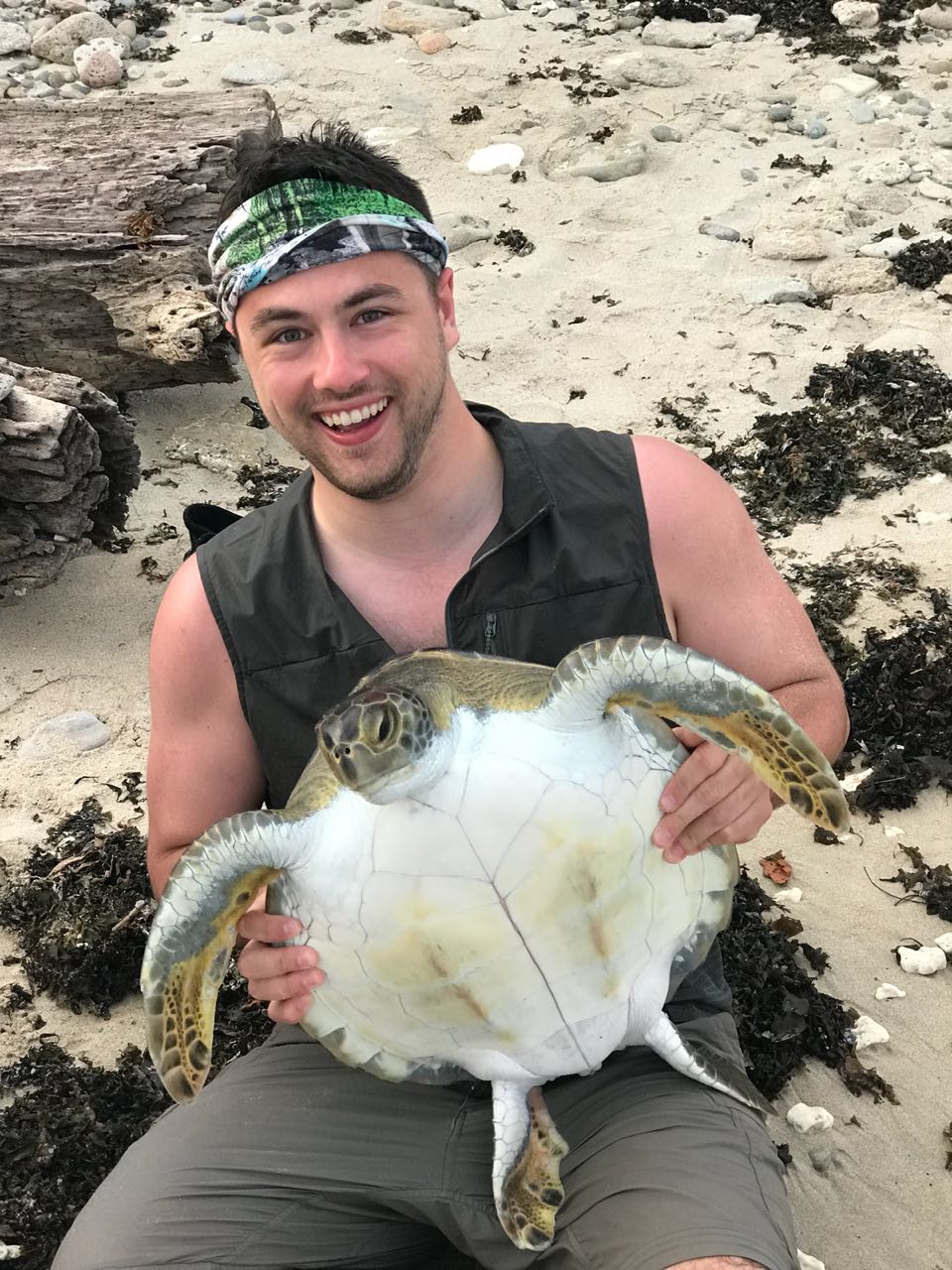


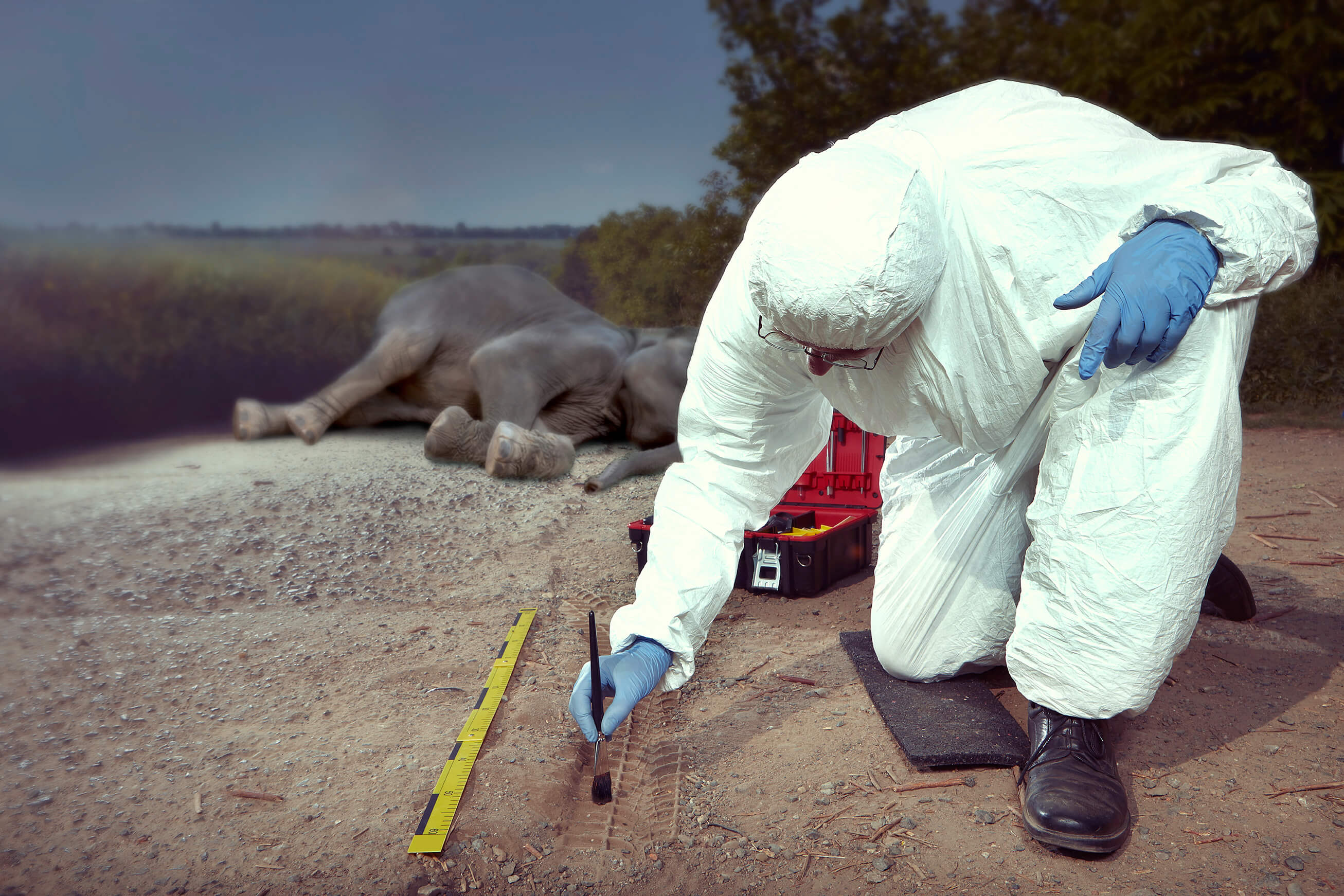
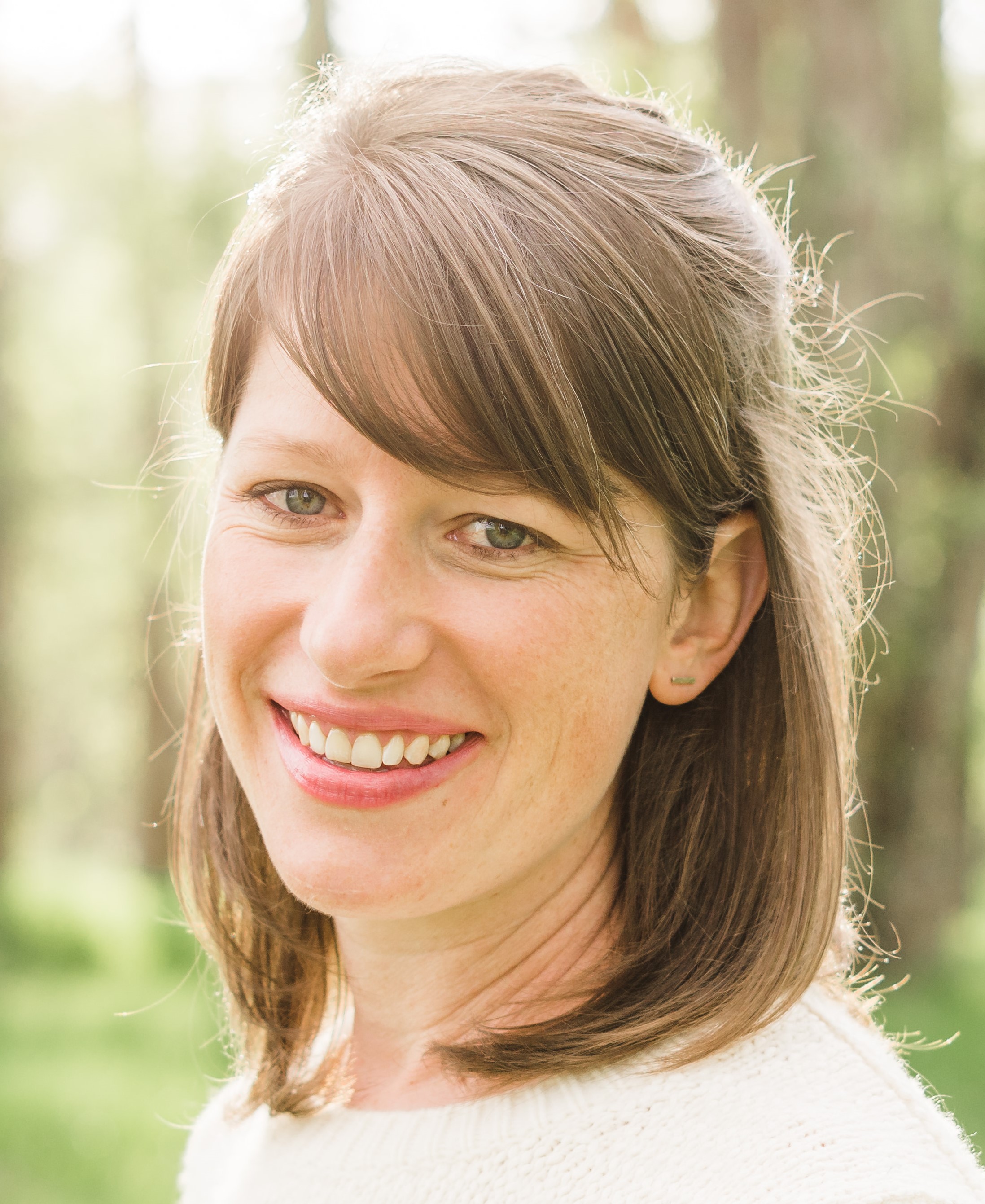
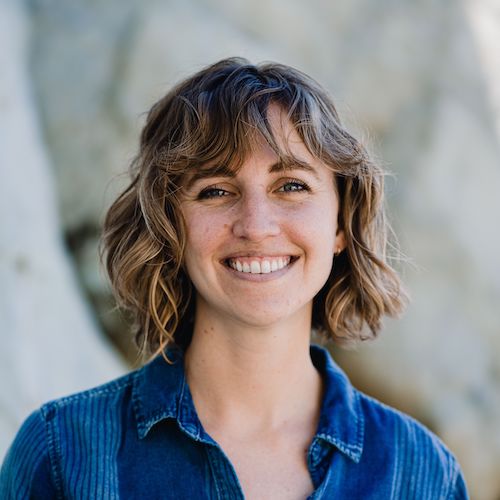














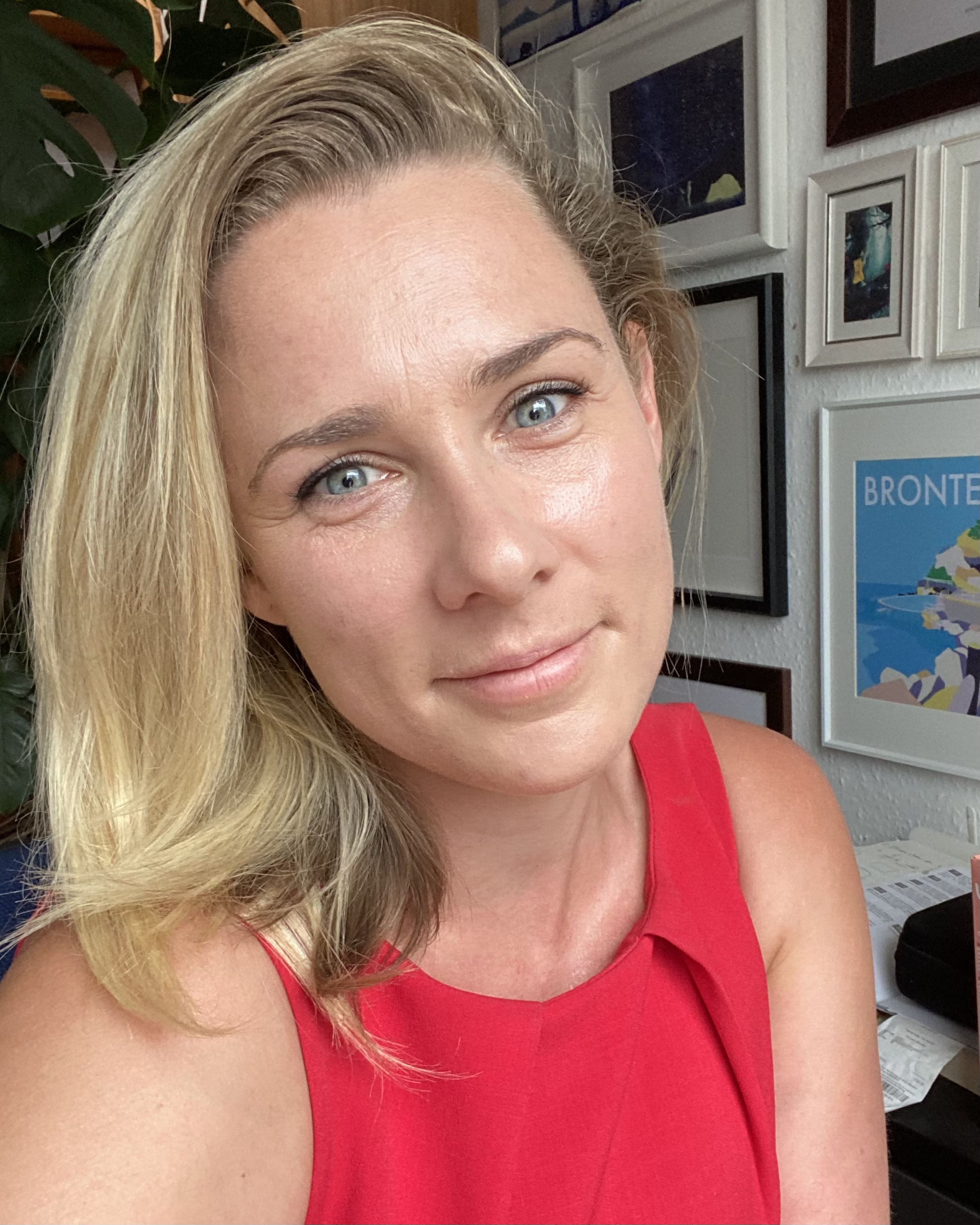




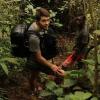










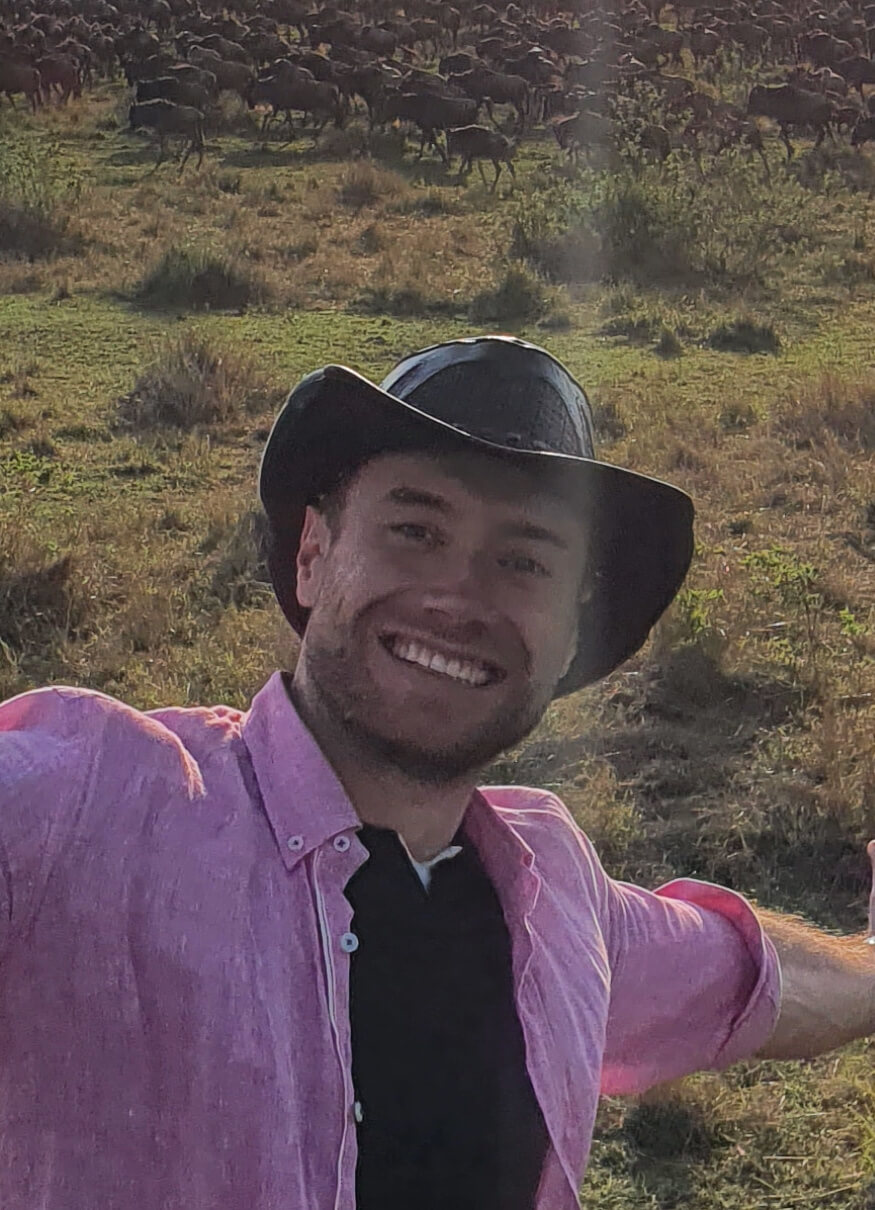



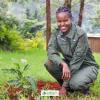
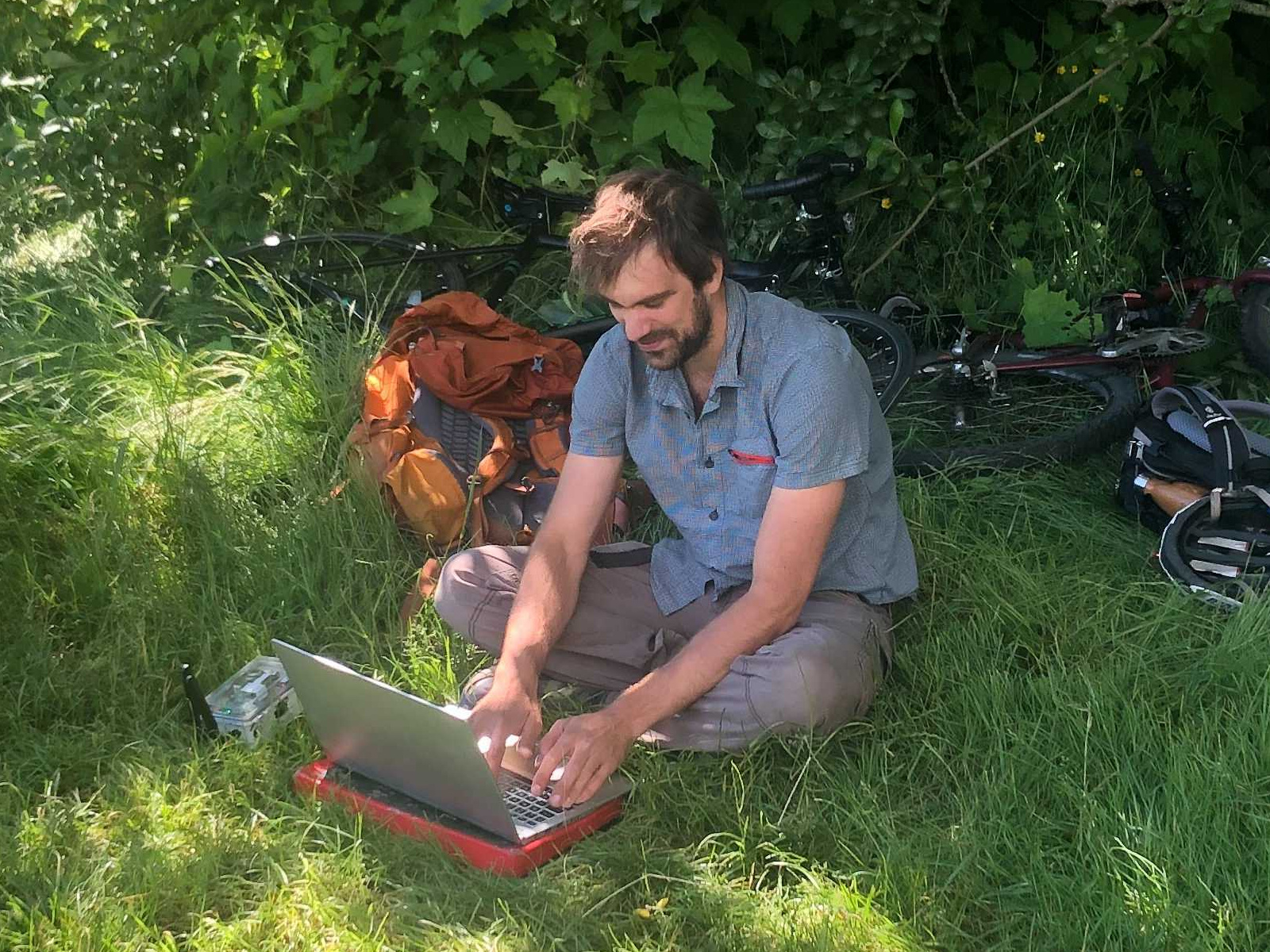
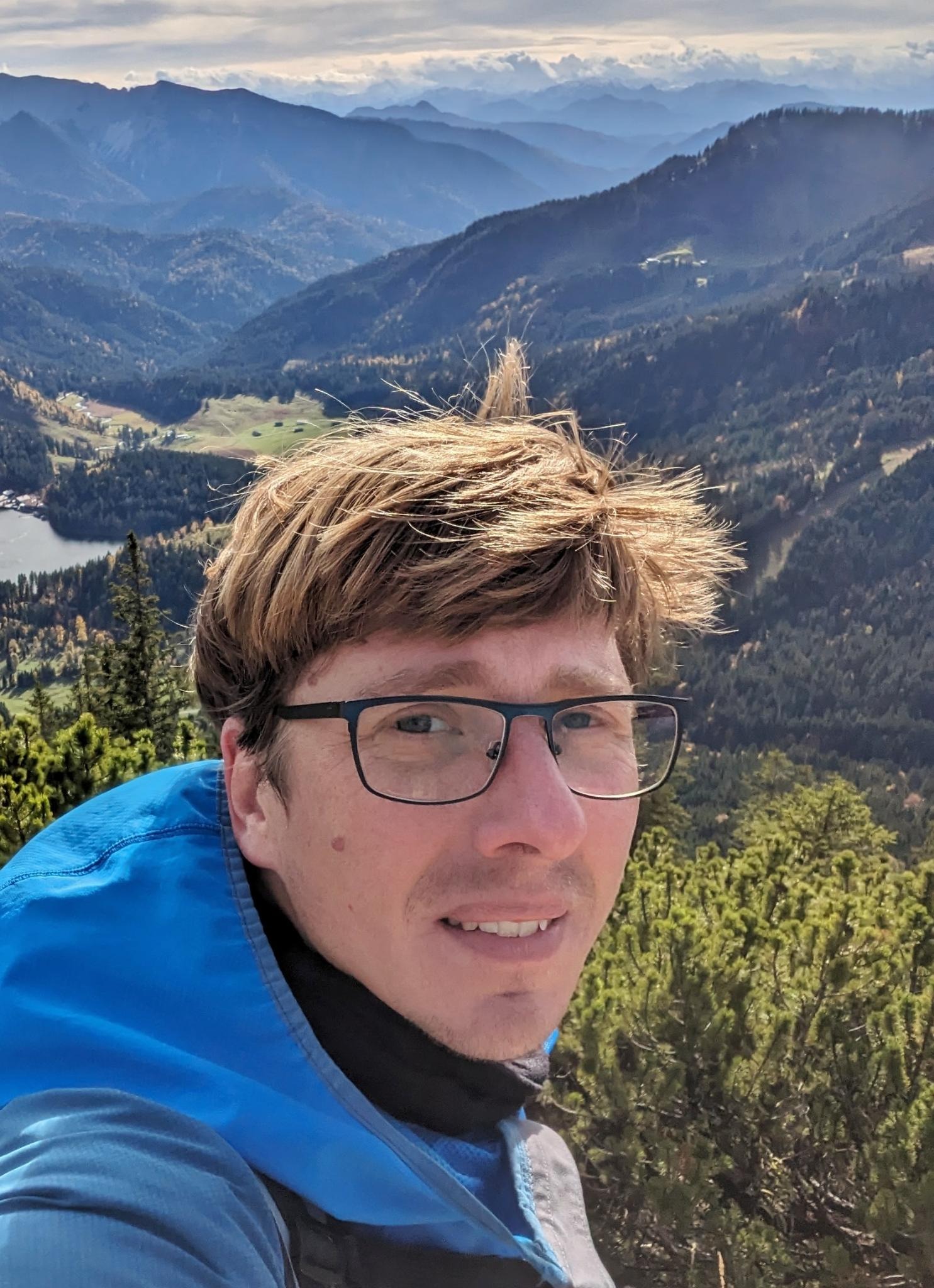

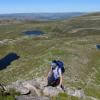



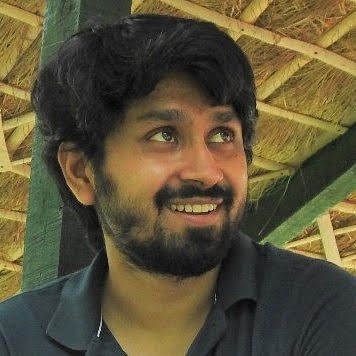













11 July 2024 10:14pm
You can catch up on the recording at that same link to the June Variety Hour! Lacey's fabulous talk starts around the 9:40 mark :)